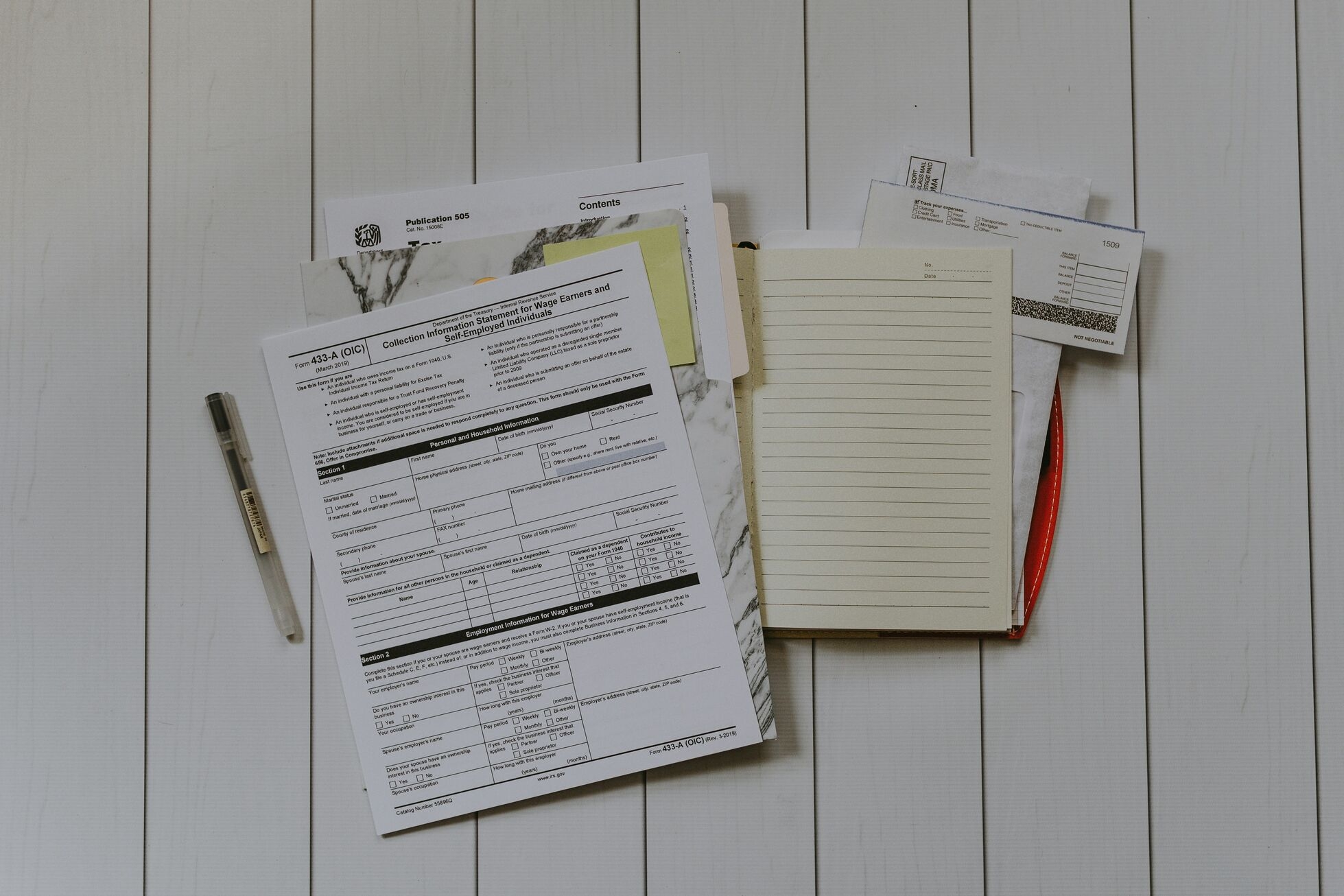Preparing for the USMLE Step 1 is one of the most important milestones in medical education. The exam marks the transition from preclinical coursework to clinical training and tests whether a student has mastered the foundational sciences necessary to practice medicine.
This guide outlines what the USMLE Step 1 covers, how long it takes, how to plan an effective study schedule, and which resources can help students prepare successfully.
What Is the USMLE Step 1
The United States Medical Licensing Examination (USMLE) Step 1 evaluates a student’s understanding of the basic sciences that form the foundation of clinical medicine. The exam tests knowledge and application of:
- Anatomy
- Biochemistry
- Pharmacology
- Physiology
- Pathology
- Microbiology
- Behavioral sciences
Since 2022, Step 1 has been scored on a Pass/Fail basis. While the numerical score is no longer reported, a solid performance still signals strong medical knowledge and readiness for clinical rotations and Step 2 CK.
How Long Is the USMLE Step 1
The USMLE Step 1 is a one-day, eight-hour exam.
It consists of:
- Seven blocks of up to 40 multiple-choice questions each
- Up to 280 questions in total
- 60 minutes per block, with 45 minutes of total break time and 15 minutes for a tutorial
Each question integrates concepts across multiple subjects and often presents clinical vignettes that require application rather than memorization. Because of the length and complexity, stamina and focus are key skills to develop during preparation.
How Long to Study for the USMLE Step 1
Most medical students study for six to twelve months before taking Step 1, depending on their curriculum and comfort with the material. After completing preclinical courses, students typically dedicate four to eight weeks to full-time review before test day.
- Long-term (9-12 months): Study for 1-2 hours daily.
- Medium-term (6 months): Study for 2-3 hours daily.
- Dedicated (4-8 weeks): Study for 8-10 hours daily.
Regardless of the timeline, consistency is crucial. Regular review and question practice are far more effective than last-minute intensive study sessions.
What to Study for the USMLE Step 1
Although Step 1 covers a broad range of topics, some subjects are tested more frequently. Focusing on high-yield areas helps ensure efficient use of study time.
Core Content Areas
- Pathophysiology: Understanding mechanisms of disease and clinical correlations
- Pharmacology: Mechanisms of action, side effects, and contraindications
- Microbiology: Organisms, treatments, and host responses
- Physiology: Organ system function and regulation
- Biostatistics and Behavioral Science: Research methods, ethics, and patient communication
Key Exam Skills
- Applying scientific concepts to clinical cases
- Interpreting laboratory data, imaging, and pathology slides
- Recognizing mechanisms that connect symptoms to disease processes
Best Resources for USMLE Step 1 Preparation
Many students who have successfully passed Step 1 agree that selecting a few high-quality resources is more effective than juggling too many. Below are the most trusted study tools among top performers.
1. USMLE Step 1 Bootcamp
USMLE Step 1 Bootcamp provides a structured learning platform designed to simplify complex medical concepts. It includes:
- Comprehensive video lessons created by physicians
- A large Qbank with realistic Step 1-style questions
- Spaced repetition tools for better long-term retention
- Customizable study schedules and performance analytics
Students who have used Bootcamp appreciate how it organizes their study process and helps them stay focused on the most relevant topics. It is available for free trial on Bootcamp.com for those who want to explore its features before committing.
2. UWorld Qbank
The UWorld question bank is widely regarded as the gold standard for Step 1 preparation. Its explanations reinforce both conceptual understanding and test-taking strategy.
3. First Aid for the USMLE Step 1
This concise reference summarizes high-yield content in outline format. It pairs well with question banks for content reinforcement and rapid review.
4. NBME Practice Exams
NBME self-assessments simulate the real testing experience and provide an accurate measure of readiness. Taking at least two practice exams during the dedicated period is highly recommended.
Tips for Effective USMLE Step 1 Preparation
- Start early. Begin integrating Step 1 review materials into coursework during the first year of medical school.
- Use active recall. Flashcards and question banks improve retention more effectively than passive reading.
- Take full-length practice exams. Simulating test conditions builds endurance and time management.
- Review every mistake. Focus on understanding why an answer was wrong, not just memorizing the correct choice.
- Prioritize self-care. Adequate sleep, nutrition, and breaks prevent burnout and improve performance.
Final Thoughts
The USMLE Step 1 represents a critical step in medical education. While it is challenging, a clear plan and the right preparation strategy make it manageable. Students who build consistent study habits, focus on high-yield content, and use structured resources position themselves for success.
Tools such as USMLE Step 1 Bootcamp can provide helpful structure, clarity, and guidance throughout the process, allowing students to focus on what truly matters: understanding medicine and preparing to care for patients.
If you’re ready, start your Step 1 prep today with our Bootcamp free trial. Get a customizable study schedule, bite-sized video lessons, AAMC-like questions, and access to our private community of students.
Get everything you need in one place. Start studying today for free.

















